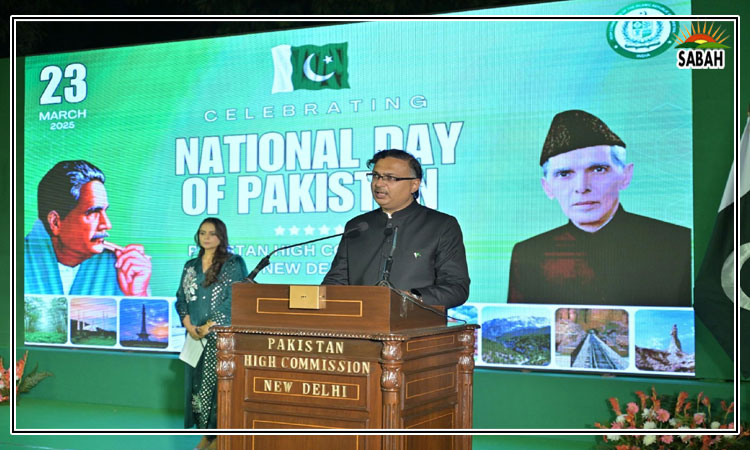Babies galore ۔۔۔۔ Zubeida Mustafa
OURS is a society where parents start planning their daughter’s marriage soon after she is born. Here the social compulsion for couples to prove their fertility is so great that they have their first child within a year or so after tying the knot. Worse still, women are desperate to produce a son to protect their marriage and preserve their marital status. On top of that, we are so prudish that to talk about family planning is considered immoral.
Given the above, can family planning succeed in Pakistan? Whatever the prospects, the sane among us will have to continue to focus their attention on this field because population has become a global issue as the UN’s recent World Population Prospects report tells us. It concedes that Earth can no longer sustain the massive population that continues to grow. It is now calculated that the world population will not peak before 2100 when it will stand at 10.3 billion. Pakistan is one of the 126 countries whose populations are still growing. Pakistan’s population growth rate has been around 2.5 per cent in the last 25 years. Its total fertility rate is 3.6 while the world average is 2.2 and the replacement rate is 2.1.
In these bleak circumstances comes a ray of hope: a report produced by Research and Development Solutions. It suggests pragmatic strategies to meet supply-side needs, which have been inadequately addressed in this country, leading to many unintended pregnancies, abortions and a high unmet need. Above all, as the writers of this report, Dr Adnan Khan and Ayesha Khan, tell me, these strategies have actually been applied in the Akhtar Hameed Khan Foundation’s Urban Impact Lab and have produced results.
In a nutshell, the report confirmed my observation that our family planning programme has failed to provide the services that many young married couples are looking for. With data gathered from various sources, the report tells us that many utilities — clinics, population centres and contraceptive outlets — exist but are grossly underutilised.
Pakistan’s TFR is 3.6 while the world average is 2.2.
Some utilities do not have even one client in a day. Private facilities show a better outreach but even that is not satisfactory. The Lady Health Workers, who are the backbone of the programme, are ineffective as they are so loaded with numerous non-family planning duties that they give only an hour a week to mobilising women to become contraceptive users. Hence the programme has turned out to be high-cost and ineffective. There is also the problem of the procurement of contraceptives as their import is pretty centralised. Sometimes this leads to shortages that are not warranted.
Dr Adnan recommends the use of technologies to gather information on locations where there is likely to be a need, track users, increase the outreach of utilities and communicate with users. The procurement of contraceptives should also be allowed by the private sector and the government should concentrate on its role of financier rather than provider of services.
At present, Pakistan’s contraceptive prevalence rate (CPR) is 34pc with 11 million users. To meet the Sustainable Development Goals, there must be 20m married women of reproductive age using contraceptives by next year. This is an unattainable target under the present system as only 5m more women will join the contraceptive users’ ranks.
By using technology, Dr Ayesha has transformed these vital statistics in her project. In the first phase (2019 for 15 months), in a population of 278,000 with 36,000 women she managed to increase CPR from 33pc to 44pc. Mainly injections and IUCD (intra-uterine contraceptive device) were used with the per user cost amounting to only Rs1,100. In the second phase (2023 for two years) more residents were added — 800,000 with 126,000 women. The results? The CPR shot up dramatically to 51pc. In the second phase, technology was used and the rise in CPR was dramatic.
Dr Ayesha says that if all urban slums were provided with this technology-driven programme, 37m people would be reached. And that is a substantial number.
Will the increase in the outreach of family planning facilities cause people to internalise the ‘small family’ message? Dr Adnan believes it will not. Once the pressure is withdrawn, they will lapse into having sex without using contraceptives. The narrative has to be changed. I agree. Fundamentally, it calls for the empowerment of women and to teach all and sundry about the rights of the young ones they give birth to.
The need is to treat human development holistically. We have to promote education, provide healthcare, livelihood and shelter for all. Without these basic needs being fulfilled, people will have no control over their lives. Would a man unaware of what lies in store for him worry about the planet being overpopulated?
www.zubeida-mustafa.com
Courtesy Dawn, August 23rd, 2024












